Als je overweegt je all-mountain ski's mee te nemen de backcountry in, hier is de deal: hoewel ze solide zijn op geprepareerde pistes, zijn ze niet de beste keuze voor beklimmingen of krap, lastig terrein. Waarom? Ze zijn zwaarder, langer en minder efficiënt voor de eisen van backcountry tochten.
In plaats daarvan zijn kortere en lichtere opties zoals Snowfeet short skis - verkrijgbaar in maten van 65 cm tot 120 cm - speciaal ontworpen voor dit soort avonturen. Ze zijn makkelijker te dragen, energiezuiniger bij beklimmingen en super wendbaar op krappe plekken. Bovendien werken ze met gewone winterschoenen, wat je geld bespaart op gespecialiseerde uitrusting.
Belangrijk om te weten: Als je minder gedoe en meer plezier in de backcountry wilt, laat dan de zwaardere ski's achterwege en ga voor iets lichts en compacts. Snowfeet short skis kunnen zomaar je nieuwe beste vriend worden.
Hoe kies je alpine toerski's
1. All-Mountain Ski's
Traditionele all-mountain ski's zijn gebouwd voor stabiliteit en carving op skigebieden. Ze schitteren op geprepareerde pistes, maar kunnen tekortschieten als het gaat om tochten buiten de piste.
Gewicht en draagbaarheid
All-mountain ski's zijn over het algemeen zwaarder en langer dan toerski's. Dit extra gewicht kan je sneller vermoeien tijdens beklimmingen. Bovendien kan het meeslepen van een zwaardere setup op oneffen terrein of door krappe plekken een gedoe zijn.
Efficiëntie bergop
Deze ski's hebben vaak meer oppervlakte in contact met de sneeuw tijdens beklimmingen, wat meer wrijving en inspanning betekent. Hun bredere taille - geweldig voor stabiliteit op geprepareerde pistes - kan het navigeren van smalle sporen lastig maken. Op steile en kronkelige routes vragen ze om zorgvuldige bediening om op koers te blijven.
Prestaties bij het afdalen
Op hard geprepareerde hellingen zijn all-mountain ski's in hun element. Maar in de onvoorspelbare sneeuw van de backcountry kunnen ze traag aanvoelen. Hun ontwerp richt zich op carven en stabiliteit bij snelheid, wat niet altijd goed vertaalt naar zachte, variabele omstandigheden waar snelle aanpassingen cruciaal zijn.
Wendbaarheid
De langere lengte van all-mountain ski's betekent dat ze meer ruimte nodig hebben om te draaien. Op krappe plekken - zoals boomrijen of smalle couloirs - kan dit snelle, precieze bewegingen bemoeilijken. Herstellen van een slip of het navigeren van lastige lijnen in oneffen sneeuw kan meer inspanning vergen dan je zou willen.
Deze uitdagingen benadrukken de behoefte aan een wendbaardere en lichtere optie. Vervolgens duiken we in hoe Snowfeet* short skis deze problemen head-on aanpakken.
2. Snowfeet* Short Skis (Skiblades 65/99/120 cm en WALKSKI 100 cm)
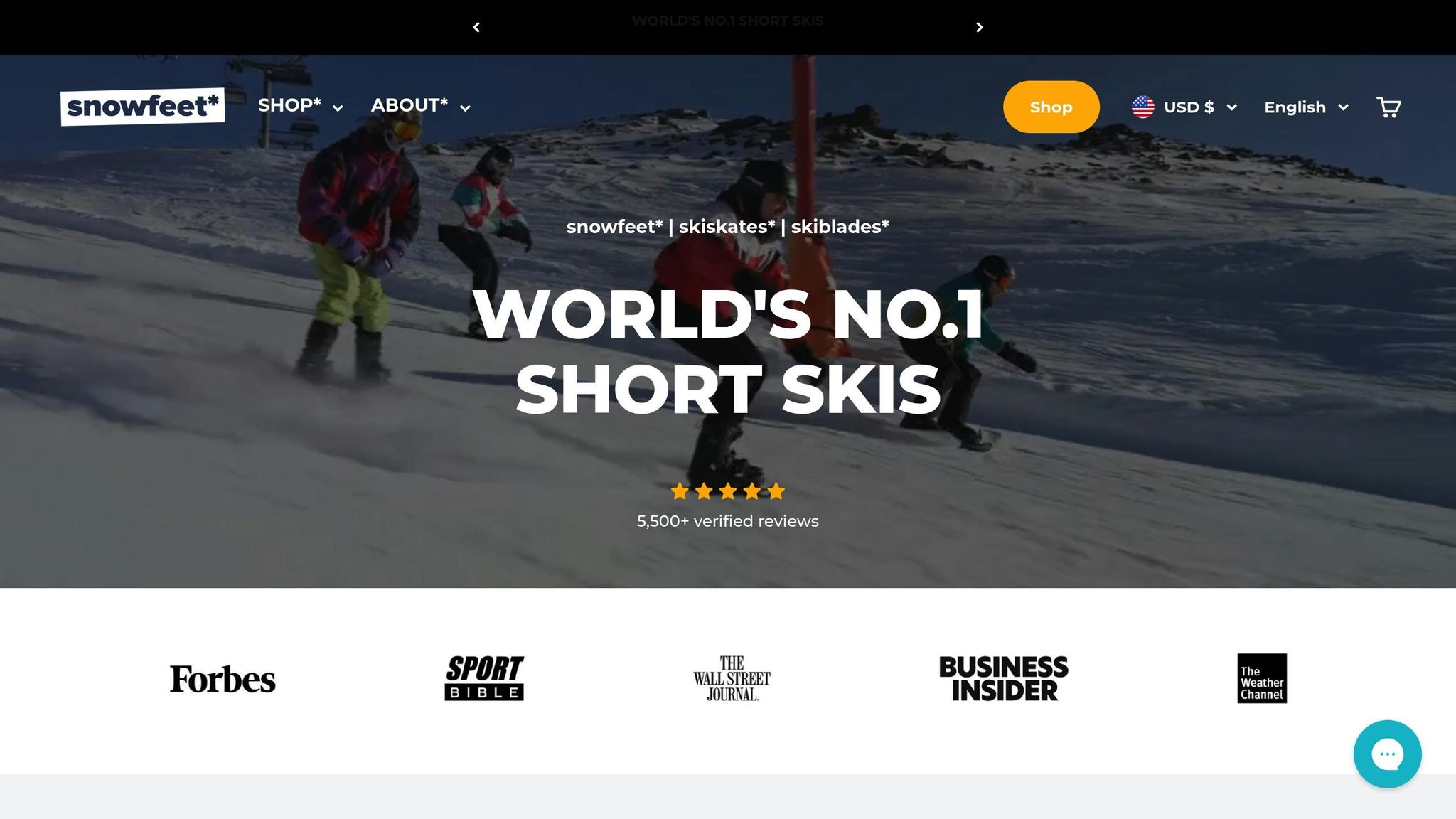
Snowfeet* verandert het spel voor backcountry-toeren met zijn compacte en zeer draagbare short skis.
Gewicht en draagbaarheid
Snowfeet* short skis zijn er in vier maten - 65 cm, 99 cm, 120 cm en het WALKSKI 100 cm model. Deze ski's zijn ontworpen om lichtgewicht en gemakkelijk te dragen te zijn, wat ze een uitstekende keuze maakt voor meerdaagse avonturen door uitdagend terrein. De 65 cm Skiblades passen bijvoorbeeld klein genoeg in je rugzak, terwijl zelfs de 120 cm versie licht aanvoelt vergeleken met traditionele setups. Voor wie een balans zoekt tussen draagbaarheid en stabiliteit, is de WALKSKI 100 cm de perfecte keuze: lang genoeg voor solide controle maar compact genoeg om zonder gedoe aan je rugzak te bevestigen.
Deze focus op draagbaarheid betekent dat je efficiënt door ruige gebieden kunt bewegen zonder je zwaar te voelen, of je nu omhoog trekt of ze opbergt voor een wandeling.
Efficiëntie bergop
Als het op klimmen aankomt, excelleren Snowfeet* short skis. Hun slanke, minimalistische ontwerp vermindert de weerstand, waardoor het omhoog reizen soepeler en minder vermoeiend wordt. De kortere lengtes maken ook lastige kick-turns op steile haarspeldbochten veel makkelijker te beheersen. Je zult merken dat je met een beter ritme beweegt en energie bespaart voor het leukste deel - de afdaling.
Deze efficiëntie is vooral nuttig in zware backcountry-omstandigheden, waar elke bespaarde inspanning telt. De verminderde weerstand en verbeterde wendbaarheid zijn game-changers voor lange beklimmingen.
Prestaties bij het afdalen
Laat je niet misleiden door hun compacte formaat - deze ski's leveren een krachtige prestatie op de afdaling. De kortere lengte geeft je snelle, precieze controle, wat een groot voordeel is wanneer de sneeuwcondities onvoorspelbaar zijn. Of je nu navigeert over door de wind aangedrukte korst of verschuivende sneeuw, je kunt direct aanpassen zonder te wachten tot een langere ski bij is gekomen.
In krappe ruimtes schitteren Snowfeet* short skis. Ze zijn snel door smalle passages, wendbaar in dichte bossen en vergevingsgezind op oneffen backcountry-sneeuw. Vergeleken met traditionele all-mountain ski's van merken zoals Volkl of Head - meer ontworpen voor geprepareerde pistes - zijn Snowfeet* short skis gebouwd voor de uitdagingen buiten de piste. De 120 cm versie biedt vooral een solide balans: stabiel genoeg voor agressief skiën maar toch wendbaar genoeg om toeren leuk en niet vermoeiend te houden.
Wendbaarheid
Het compacte ontwerp van Snowfeet* ski's maakt ze ongelooflijk gemakkelijk te hanteren op lastige plekken. Of je nu door een smalle couloir navigeert, tussen bomen door weeft, of een steile technische afdaling aanpakt, deze ski's reageren direct. Als je een kant raakt of snel moet bijsturen, helpt de kortere lengte je soepel en vol vertrouwen te herstellen.
Nog een voordeel? De leercurve is veel korter. Terwijl het beheersen van langere ski's seizoenen kan duren, voelen de meeste mensen zich binnen slechts een paar uur comfortabel op Snowfeet* ski's. Deze gebruiksvriendelijkheid maakt ze een geweldige optie om vrienden kennis te laten maken met backcountry-toeren of voor ervaren skiërs die een meer ontspannen, plezierige rit willen.
Voor- en nadelen vergelijking
Als het gaat om backcountry-toeren, kan de keuze van uitrusting je ervaring maken of breken. Efficiënt omhoog reizen en precieze controle zijn essentieel, en de keuze tussen traditionele all-mountain ski's en Snowfeet short skis betekent het afwegen van de voor- en nadelen van elke optie. Laten we het opsplitsen.
Traditionele all-mountain ski's zijn gebouwd met resort-skiën in gedachten. Ze zijn meestal langer (160–180 cm) en hebben een zwaardere, duurzamere constructie. Dit ontwerp biedt uitstekende stabiliteit bij hoge snelheden en betere drijfkracht in diepe poedersneeuw. Hun omvang en gewicht kunnen het backcountry-toeren echter uitdagender maken, wat vaak extra energie en de bijkomende kosten van gespecialiseerde toerski-bindingen vereist.
Aan de andere kant zijn Snowfeet short skis speciaal ontworpen met backcountry-tochten in gedachten. Hun compacte formaat - variërend van ultradraagbare 65 cm Skiblades tot de 100 cm WALKSKI - maakt ze ongelooflijk veelzijdig. Deze ski's zijn lichtgewicht en gemakkelijk mee te nemen, met sommige modellen die zelfs in een rugzak passen. Bovendien werken Snowfeet short skis met gewone winter- of snowboardboots, zodat je de moeite en kosten van speciale skischoenen en bindingen kunt overslaan.
Hier is een snelle vergelijking om de belangrijkste verschillen te benadrukken:
| Kenmerk | Traditionele All-Mountain Skis | Snowfeet Short Skis |
|---|---|---|
| Gewicht | Zwaarder, vermoeiender bij beklimmingen | Lichtgewicht, makkelijker bergop reizen |
| Lengte | 160–180 cm | Compact: 65–120 cm opties |
| Efficiëntie bergop | Vereist meer inspanning | Geoptimaliseerd voor klimmen |
| Gemak bij kick-turns | Moeilijker op steil terrein | Snel en responsief |
| Draagbaarheid | Lomp, vereist vervoer met voertuig | Past in een rugzak (65–99 cm modellen) |
| Leercurve | Langere aanpassingsperiode | Makkelijker op te pakken |
| Compatibiliteit met laarzen | Vereist skischoenen en bindingen | Werkt met gewone winter- of snowboardlaarzen |
| Setup Kosten | Hogere totale investering | Budgetvriendelijk (sommige modellen rond $690) |
| Wendbaarheid | Minder behendig | Zeer responsief en wendbaar |
| Backcountry Prestaties | Geweldig voor open hellingen, minder ideaal in krappe plekken | Uitstekend in technisch, smal terrein |
Snowfeet biedt een verscheidenheid aan korte ski's die zijn afgestemd op verschillende behoeften. De Skiblades (65 cm en 99 cm) zijn perfect voor ultra-draagbaarheid, terwijl de 120 cm Snowfeet korte ski's en de 100 cm WALKSKI een balans bieden tussen controle en efficiëntie.
Hoewel traditionele all-mountain ski's hun sterke punten hebben - zoals stabiliteit en drijfvermogen in diepe sneeuw - kunnen ze onhandig aanvoelen voor backcountry toeren. Snowfeet korte ski's stappen in waar traditionele ski's tekortschieten, met ongeëvenaarde draagbaarheid, makkelijke wendbaarheid en een eenvoudiger setup. Of je nu een ervaren skiër bent of net begint, deze ski's maken backcountry toeren toegankelijker en leuker.
sbb-itb-17ade95
Conclusie
Snowfeet* korte ski's brengen een frisse draai aan backcountry toeren in de VS en steken af tegen traditionele all-mountain ski's. Terwijl merken zoals Rossignol, K2 en Salomon uitblinken op pistes, zijn ze niet ontworpen om de unieke eisen van backcountry terrein aan te kunnen. Traditionele ski's zijn gebouwd met geprepareerde pistes in gedachten - niet de onvoorspelbare uitdagingen van het backcountry.
Wat maakt Snowfeet* korte ski's zo bijzonder? Hun lichte ontwerp is een game-changer voor het klimmen omhoog, of je nu door het ruige backcountry van Colorado navigeert of de Wasatch Range in Utah. Met opties zoals het ultra-draagbare 65 cm model, de gebalanceerde 99 cm, of de veelzijdige 100 cm, waarvan sommige zelfs compact genoeg zijn om in een rugzak te passen, zijn ze gemaakt voor gemak zonder in te leveren op prestaties.
Voor $690 voor het 120 cm model biedt Snowfeet* een complete touruitrusting die de noodzaak voor dure bindingen en gespecialiseerde skischoenen overslaat. Dit gestroomlijnde ontwerp maakt backcountry skiën niet alleen betaalbaarder, maar verwijdert ook enkele van de gebruikelijke ongemakken, waardoor het voor meer mensen makkelijker wordt om in het avontuur te duiken.
Of je nu door de dichte bomen van Vermont slalomt, door poedersneeuw in de Rockies zweeft, of steile, technische lijnen in de Cascades aanpakt, Snowfeet* korte ski's bieden controle, draagbaarheid en eenvoud. Ze zijn gebouwd om het diverse en veeleisende terrein aan te kunnen dat backcountry skiën in de VS definieert. Het draait allemaal om het toegankelijker maken van die wilde, ongerepte hellingen - en een stuk leuker.
Veelgestelde Vragen
Waarom zijn Snowfeet short skis beter voor backcountry tochten dan traditionele all-mountain ski's?
Waarom Snowfeet Short Skis een Revolutie Zijn voor Backcountry Tochten
Snowfeet short skis bieden serieuze voordelen voor backcountry tochten vergeleken met traditionele all-mountain ski's. Ten eerste maakt hun lichte en compacte ontwerp ze super draagbaar. Je kunt ze in een rugzak stoppen - geen gedoe met lompe uitrusting of dakdragers. Perfect voor spontane avonturen of korte trips de natuur in.
Hun kortere lengte is een andere grote plus. Het geeft je betere controle en maakt het navigeren door smalle paden, ongelijk terrein of diepe sneeuw een fluitje van een cent. Bovendien zijn ze minder vermoeiend in gebruik, wat geweldig is voor beginners of iedereen die waarde hecht aan wendbaarheid en bewegingsvrijheid.
En hier komt het: Snowfeet short skis zijn een budgetvriendelijk en makkelijk te gebruiken alternatief voor traditionele ski's. Ze maken backcountry verkenning toegankelijker voor meer mensen, waardoor het een leuke en toegankelijke optie is voor recreatieve skiërs of iedereen die op zoek is naar een eenvoudigere manier om van de hellingen te genieten.
Kan ik gewone winterlaarzen gebruiken met Snowfeet short skis, en hoe maakt dit backcountry skiën makkelijker en betaalbaarder?
Ja, Snowfeet short skis zijn gemaakt om te werken met je gewone winterlaarzen. Dat betekent dat je de dure, gespecialiseerde skischoenen die vaak nodig zijn voor traditioneel skiën of snowboarden kunt overslaan. Dit maakt backcountry skiën vriendelijker voor je portemonnee en toegankelijker.
Je eigen winterlaarzen gebruiken bespaart niet alleen geld - het is ook superhandig. Je kunt zonder gedoe schakelen tussen skiën en lopen. Bovendien zijn deze short skis licht en makkelijk mee te nemen, perfect voor stressvrije backcountry avonturen.
Hoe gaan Snowfeet short skis om met backcountry terrein zoals smalle bomen of steile afdalingen?
Waarom Snowfeet Short Skis Uitblinken in Backcountry Terrein
Snowfeet short skis zijn een revolutie voor backcountry-liefhebbers. Hun compacte ontwerp maakt het navigeren door smalle bospaden en steile, technische afdalingen bijna moeiteloos. Dankzij hun kleine formaat kun je snelle, precieze bochten maken, zelfs in dichte bossen of op smalle paden - iets wat lastig is met langere, traditionele ski's.
Maar het gaat niet alleen om wendbaarheid. Deze ski's zijn superlicht, wat je betere controle geeft en het beheersen van je snelheid op steile hellingen veel makkelijker maakt. Die extra controle maakt de rit niet alleen leuker - het voegt ook een laag veiligheid toe wanneer je lastige terreinen aanpakt. En laten we hun draagbaarheid niet vergeten. Vergeleken met traditionele ski's zijn Snowfeet-modellen makkelijker mee te nemen en ongelooflijk veelzijdig, wat ze een uitstekende keuze maakt voor wie graag de backcountry verkent.














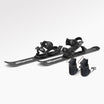






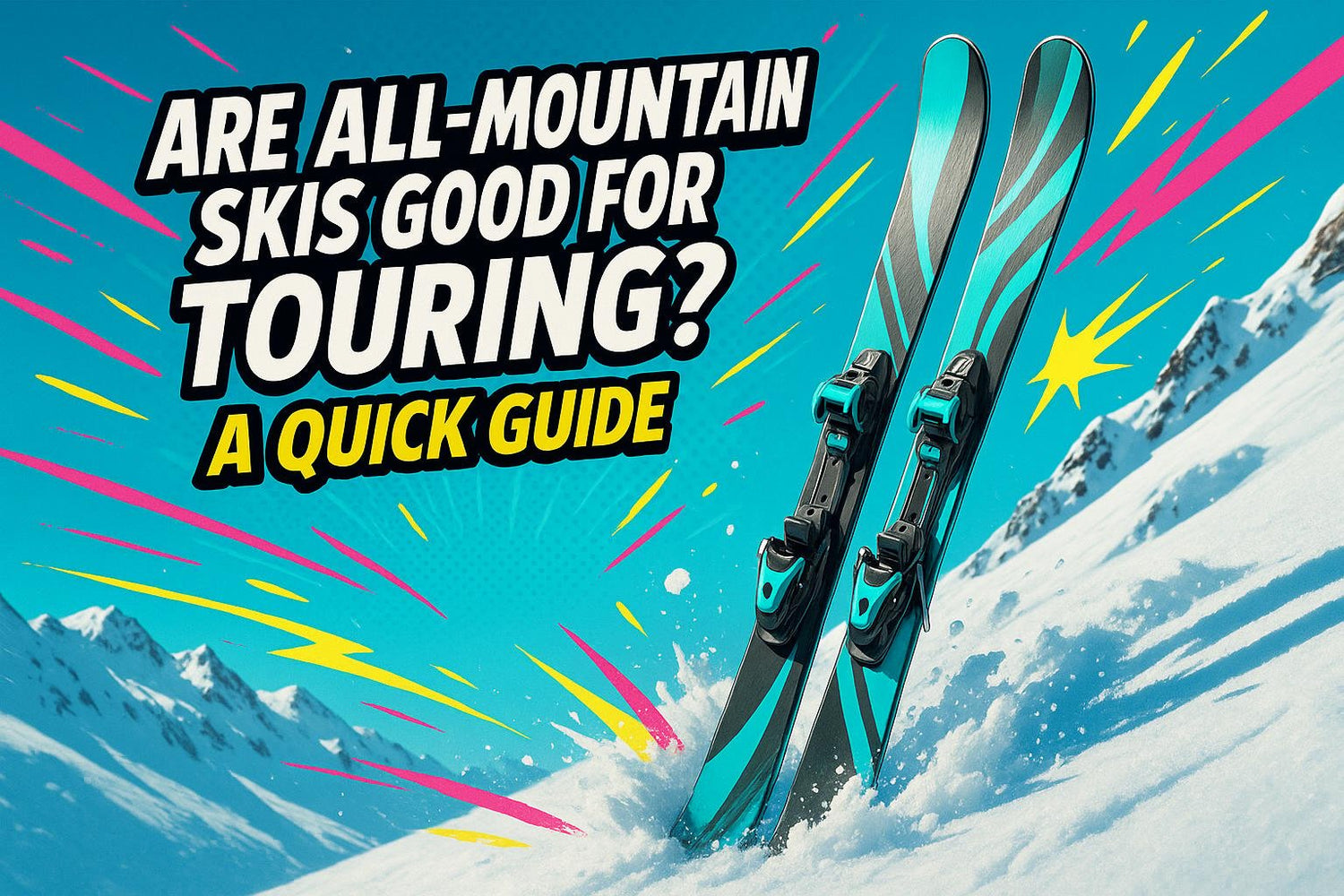
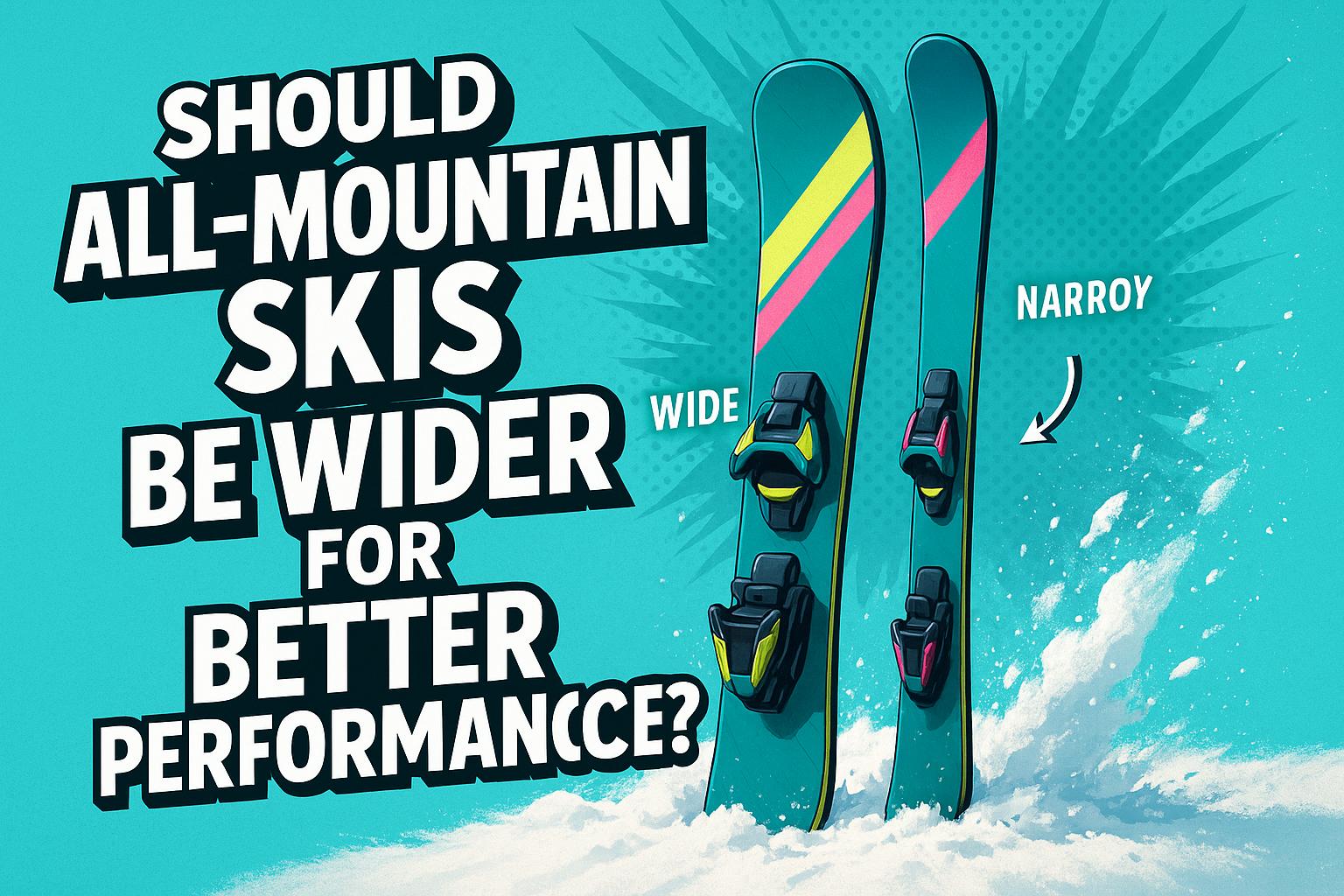
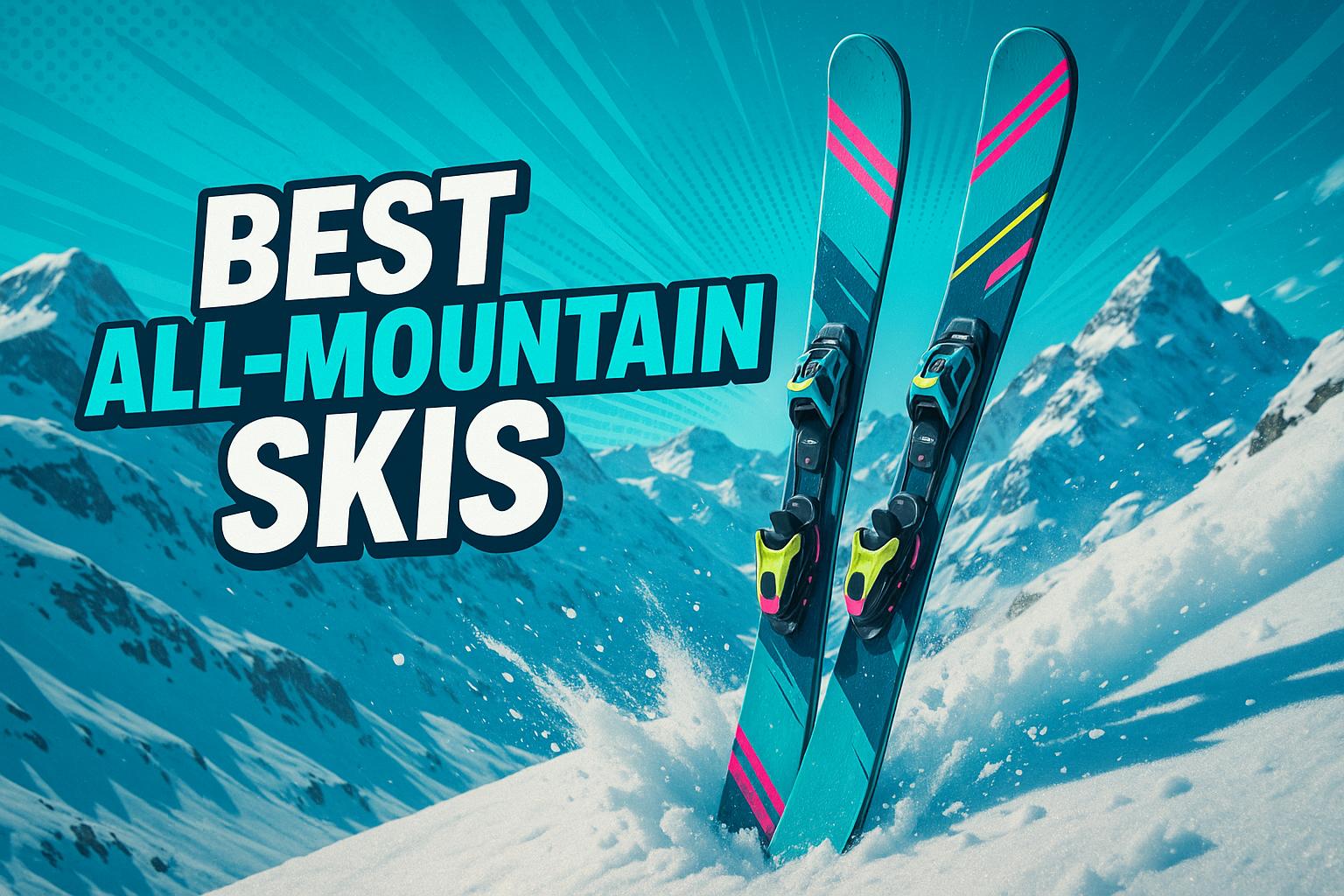







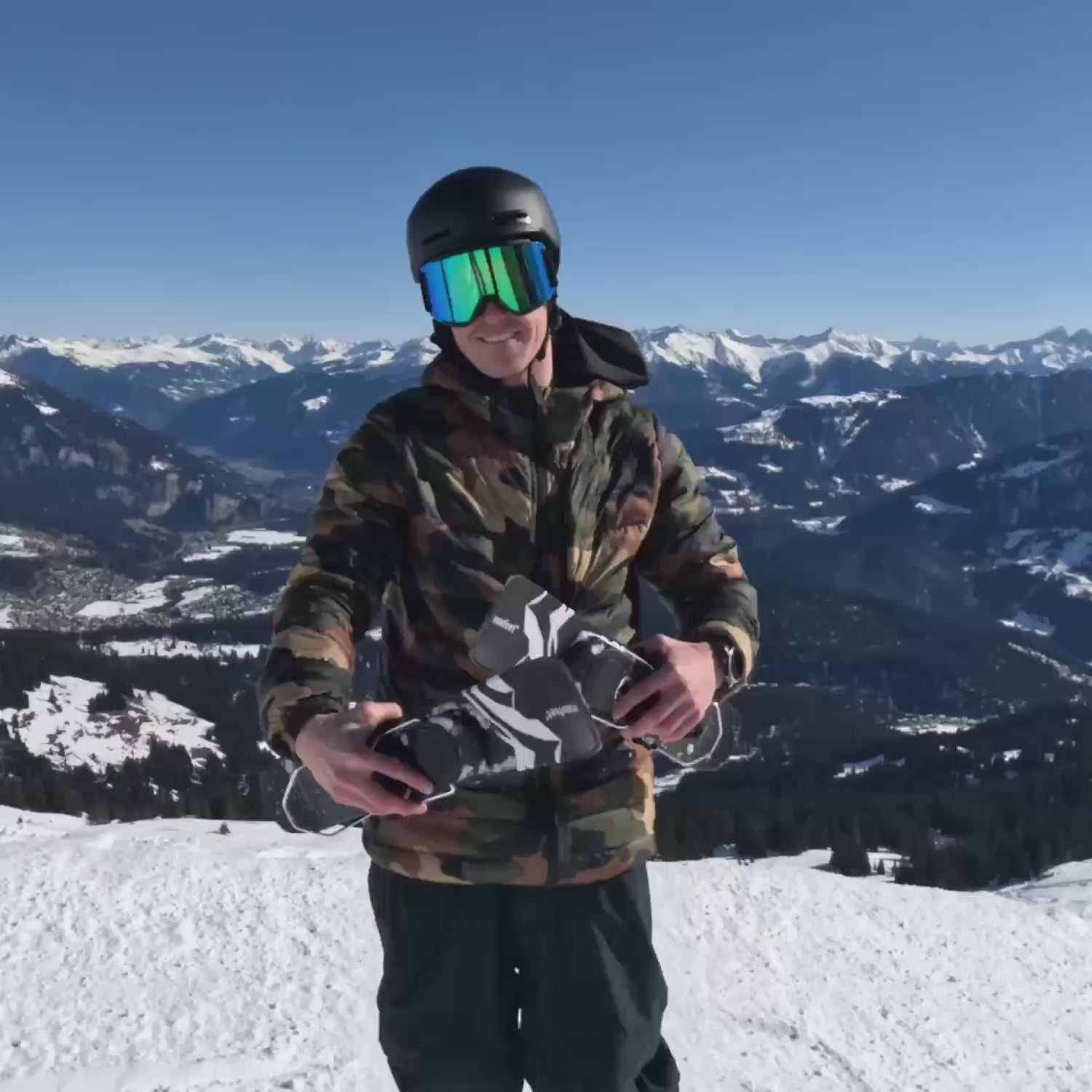

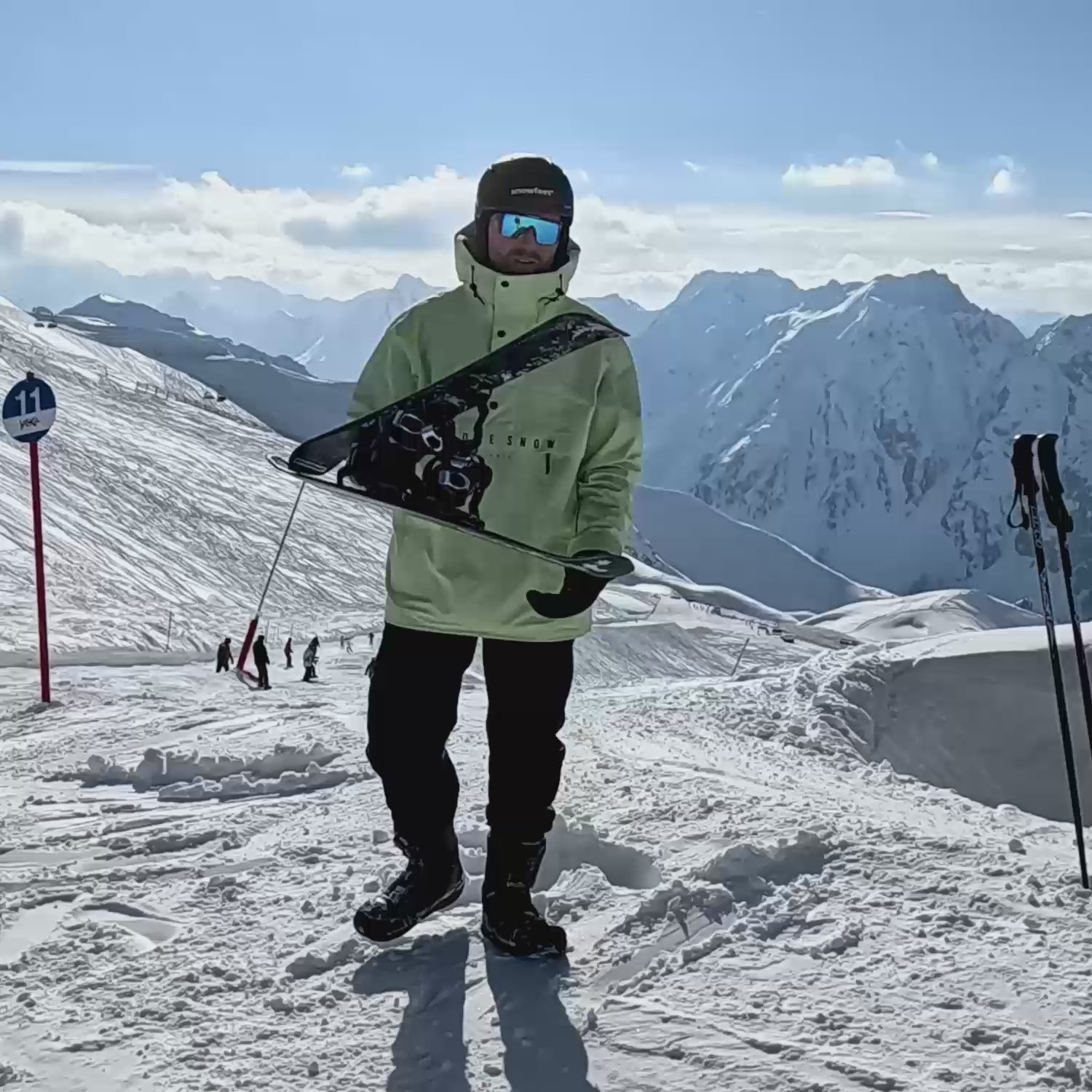
Laat een reactie achter
Deze site wordt beschermd door hCaptcha en het privacybeleid en de servicevoorwaarden van hCaptcha zijn van toepassing.